Alright – so today we’ve got the honor of introducing you to Armin Nasseri. We think you’ll enjoy our conversation, we’ve shared it below.
Hi Armin, thanks for joining us today. Can you talk to us about how you learned to do what you do?
Everybody starts somewhere. I began my journey doing background work on studio films and major television shows. I had a great experience working on the set as I watched how every department operated on a 8 to 12 hour film shoot.
Acting was my first love since I was a teenager. When I entered my early adulthood, I studied Meisner’s technique, Adler’s technique and the Stanislavski method. I never expected to make the transition to directing and editing. I started off directing student films with no experience, having lack of resources and working with limited technology.
After I completed film school, I spent five years working every department that you can imagine on a film set from second assistant director, boom operator, production assistant, art department assistant, camera assistant, still photographer, craft services and editor. I worked with a lot of talented people and I learned from people who were great at their jobs. I became more well-rounded and I carried that experience with me when I wrote and directed my first major short film Seeking Valentina. I was able to fully grasp on all of the departments as I was in the position to tell the crew members what I wanted my film to look like from pre-production to the poster design. As I continue this journey, I still never stop learning.
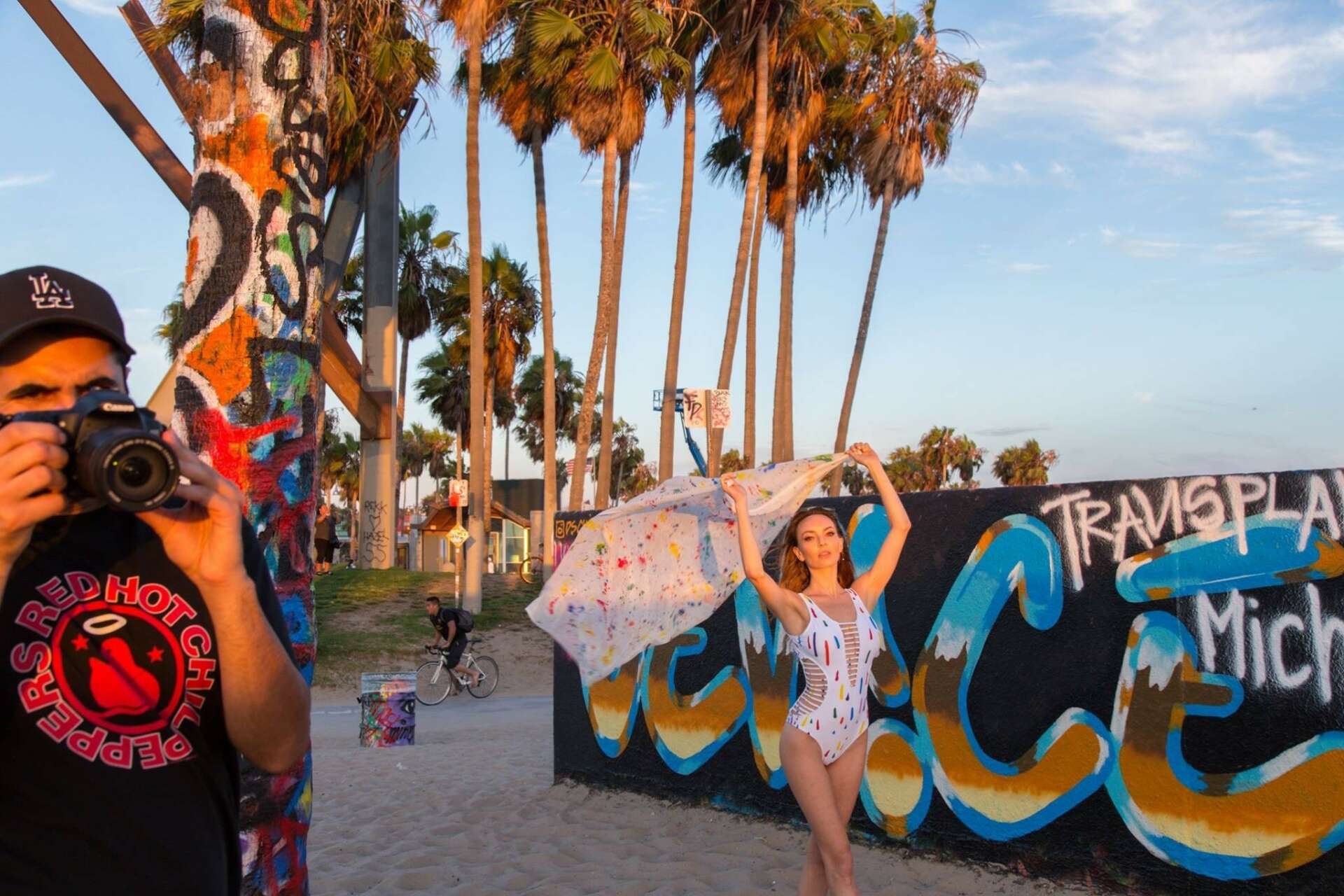

As always, we appreciate you sharing your insights and we’ve got a few more questions for you, but before we get to all of that can you take a minute to introduce yourself and give our readers some of your back background and context?
I am a first-generation, Iranian-American. I was born and raised in Winston-Salem, North Carolina. As an ’80s baby and a ’90s child, I was consuming many commercial movies, television shows and music videos. My father is a proficient painter and I was exposed to many of his paintings in our household.
At the age of ten, my parents took me to my first arthouse film, where we watched The White Balloon, written by the late Abbas Kiarostami and directed by Jafar Panahi. I was in a movie theater surrounded by several members of the Iranian community as we watched a film that was not only a compelling story told through the eyes of a child, but a representation of my Iranian heritage as well as a reflection of my family’s native country.
During my adolescence, my love for the arts grew when my oldest brother introduced me to Alfred Hitchcock, Stanley Kubrick, Brian De Palma and Martin Scorsese. My brother would break down their films by critiquing the camera angles along with their signature styles. The term “auteur,” had entered my vocabulary. I became enlightened about the idea of film directors having a platform, where they can put their personal and creative influence on a film.
When I was 18 years of age, my parents and I were at a social gathering with our friends from the Persian community. My childhood friend was there and he brought over a copy of a short film that he acted in. The short film that he screened was titled Backgammon, directed by Ramin Bahrani. This was early in Ramin Bahrani’s career before he directed Man Push Cart, Chop Shop and The White Tiger. I remembered meeting Ramin when I was very young. His short film resonated with me. It was the first time I ever watched a westernized, multi-generational, Iranian family on a television screen. I was inspired to see a person, who looks and sounds like me, capture a visual story in our hometown that brought generational conflicts and cultural identity to the forefront. The night I left the party, I was excited, motivated and knew what I wanted to do for the rest of my life.
I began my career in Wilmington, North Carolina before moving to Los Angeles. I went to acting school and then I enrolled at Los Angeles City College, where I studied film and production. After completing the program at Los Angeles City College, I enrolled at West L.A. College. After I graduated, I worked on over 30 productions in the course of three years. I have done almost everything you can imagine on a film set from storyboard images to editing and everything in between.
Although I was content working on numerous projects behind the scenes, it was hard to deal with the reality that minorities such as Iranian-Americans, were not getting their voices heard in American movies. The only way you can change something is to be the change, so I wrote and directed a short film titled Seeking Valentina. A psychological thriller that portrayed an Iranian-American family as nuanced human beings. My collaborator Kristin West co-produced and also starred in the title role. Kristin and I showcased an inclusive, gender-balanced movie that eliminated all stereotypes and tropes that have been perpetuated by Hollywood.
After the success of Seeking Valentina, I wanted to continue giving a voice to the voiceless. I made another inclusive, gender-balanced short film titled The Carting Call. A horror comedy about the point of view of a food delivery driver, who happens to be a woman of color.
Kristin and I co-directed a socially-distanced, dystopian horror-comedy feature titled The Central Authority. My team and I are thrilled that both The Carting Call and The Central Authority have won awards for Best Ensemble Cast. I’m proud to stand behind a body of work that not only features an inclusive cast and crew, but a reflection of America. Furthermore, my newest documentary feature titled George Hobbs: Stick Figure Wisdom, is about an American artist named George Hobbs, who is using his art to bring people together.
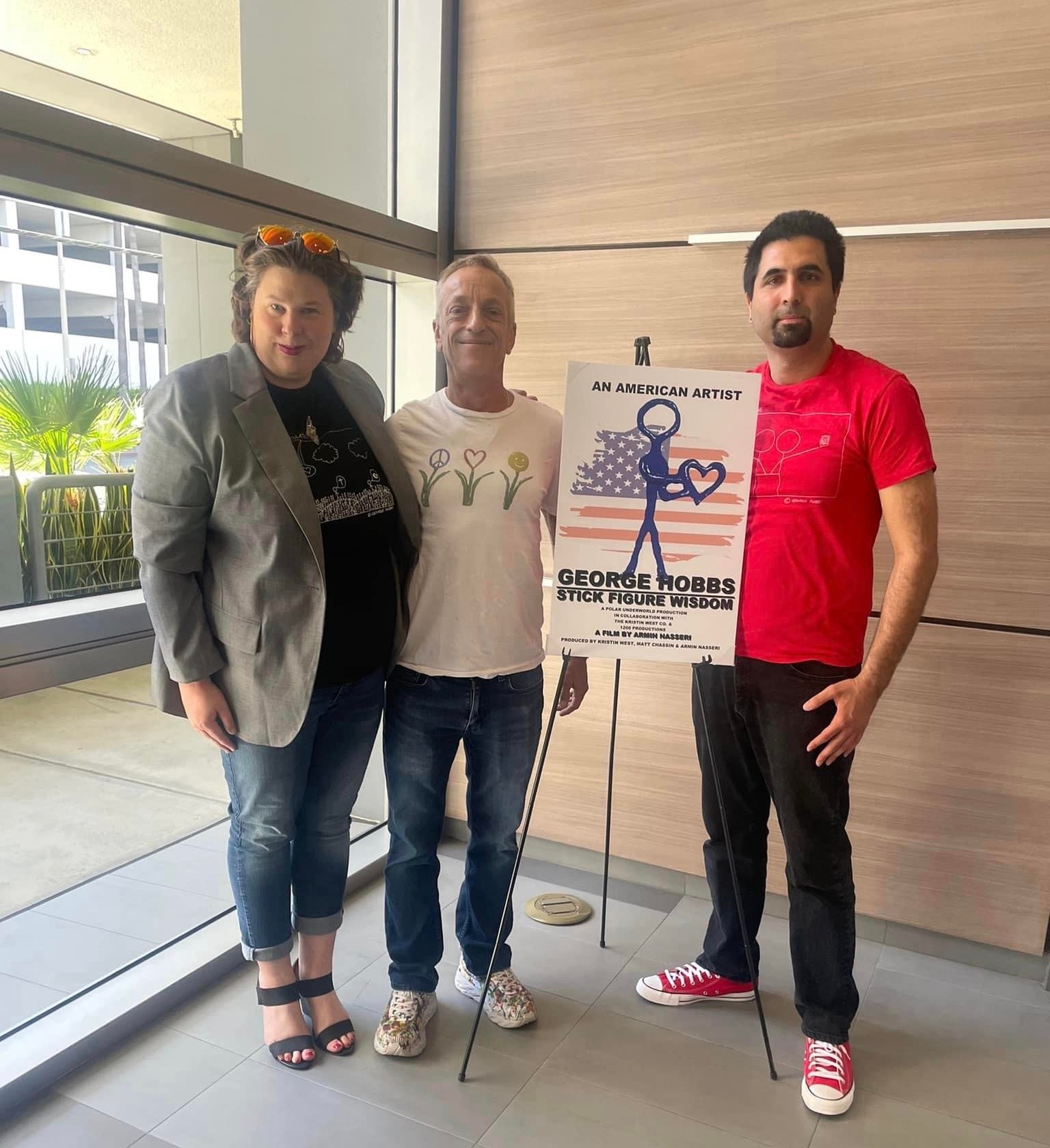
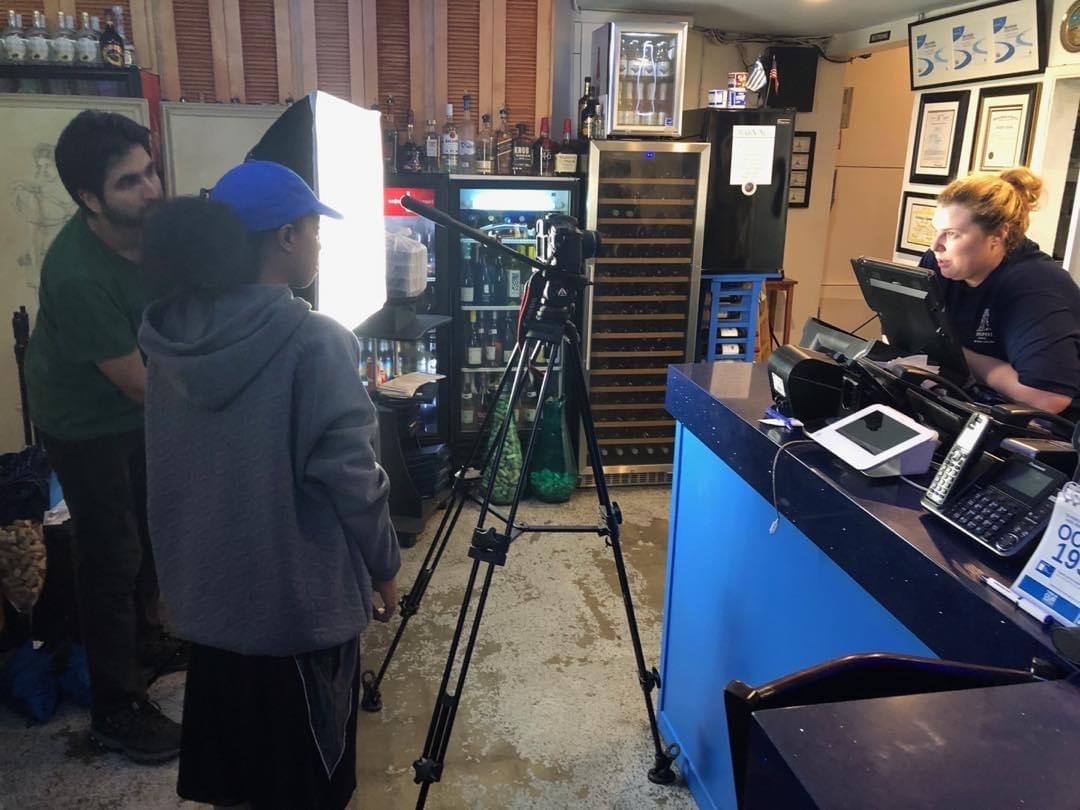
Is there something you think non-creatives will struggle to understand about your journey as a creative? Maybe you can provide some insight – you never know who might benefit from the enlightenment.
I think non-creatives will see the final result of a movie, a music video, or a documentary and not realize how much time and effort is put in making them. Creating art is not as easy as it looks. Making films is a lot of work and if you have a smaller crew, then you have to wear a lot of hats. Making films can also be a thankless job at times and you will deal with setbacks before overcoming them. Creative people have to spend a lot of hours paying attention to detail and sometimes it takes months to finish a product that you and your team can be proud of. At the end, it all pays off.
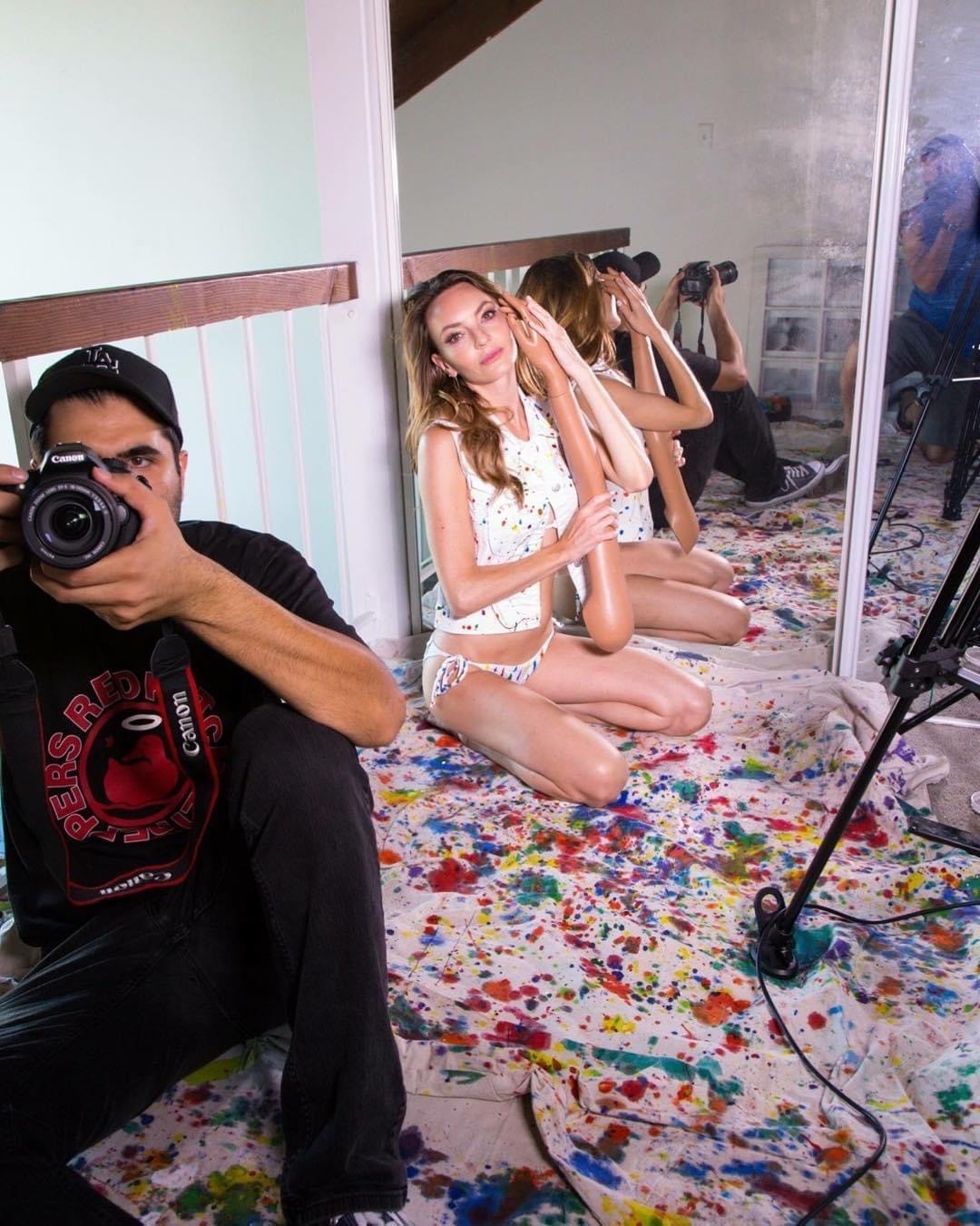
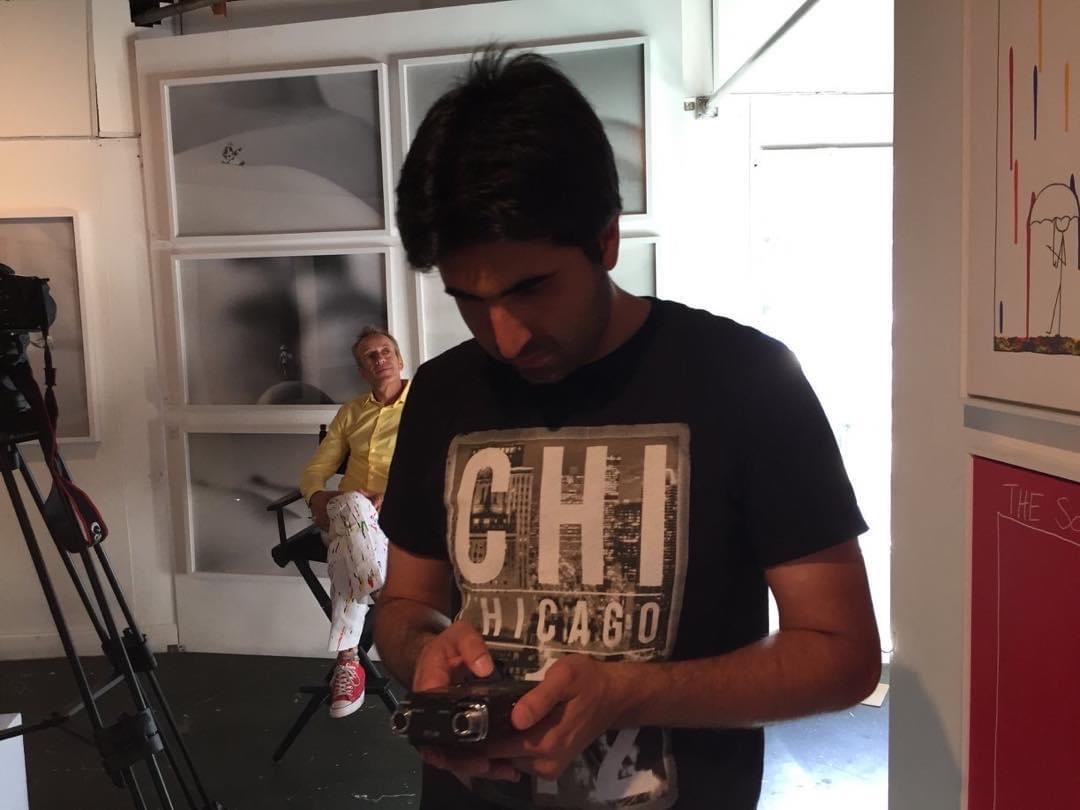
What do you think is the goal or mission that drives your creative journey?
My main goal is to tell stories and continue to give a voice to the voiceless. I want to showcase how we are all alike regardless of ethnicity, religion, sexual orientation or gender.
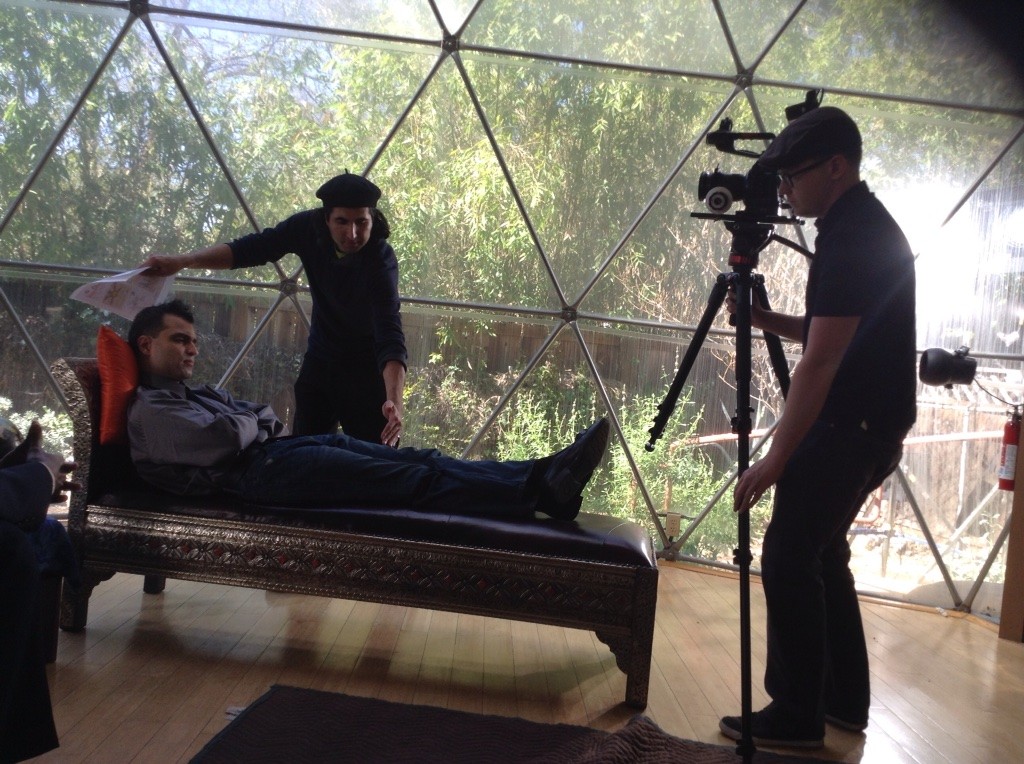
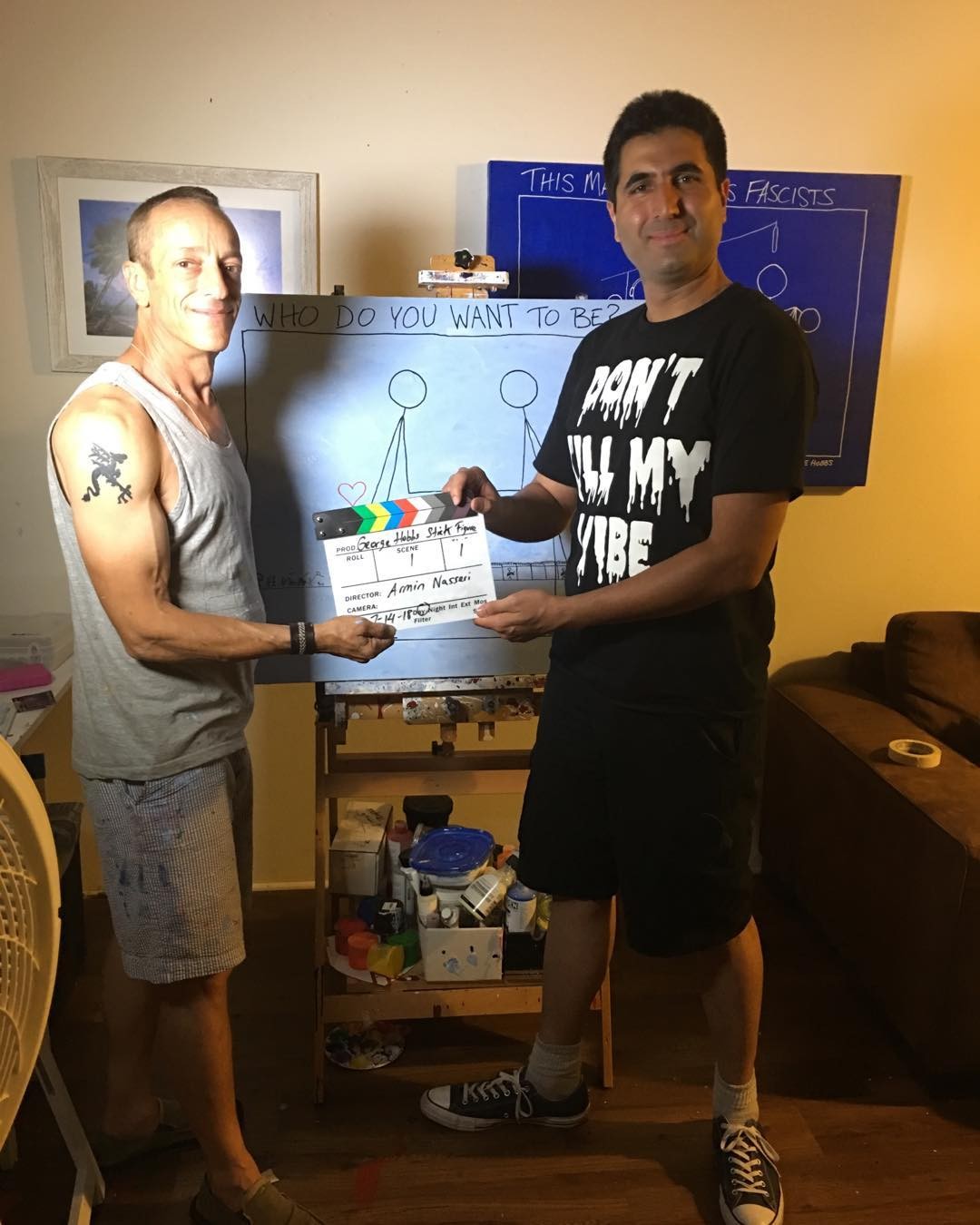
Contact Info:
- Instagram: @arminnasseri
- Facebook: facebook.com/arminnasserifilmmaker
Image Credits
George Hobbs, Kristin West, Todd Garner


